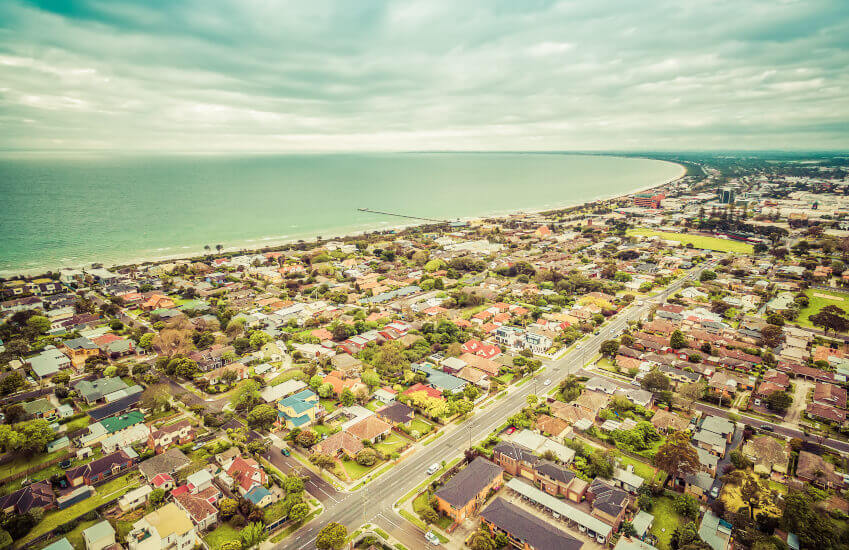Property funding struggles surface for SMSF clients
As markets soften and lenders tighten their conditions, some SMSF members are finding themselves in hot water with their property investments, particularly if they’ve purchased off the plan.
H&R Block, which has a dedicated SMSF arm, has found some clients who are involved in new property developments are “not getting great outcomes” in the current market.
“There’s been a lot of tightening in the lending world with the banks. In fact, some have dropped out of the market altogether when it comes to lending to SMSFs,” H&R Block director Kimberlee Brown told SMSF Adviser.
This becomes particularly problematic where finance with a lender is unconditionally approved and finalised upon settlement, and the clients entered into a property contract several months ago.
“In some cases, clients have ended up being more out of pocket… or they don’t lose money, but they forgo opportunity,” Ms Brown said.
For several months, even specialist SMSF brokers have been finding the market for SMSF loans challenging.
Last year, Thrive Investment Finance owner Samantha Bright told SMSF Adviser that tougher loan-to-value ratios and capital requirements for SMSF trustees are proving to be a challenge for professionals and clients alike.
“It’s almost like a double whammy because they only allow people to borrow up to 70 per cent so they’re putting a 30 per cent deposit in instead of 20 per cent, so of course their cash reserves are lower, so SMSF investors are being penalised in both areas,” Ms Bright said.
“[Lenders] are lending them less money, but expecting them to have more funds.”
This comes as property markets, particularly on the east coast, start to soften, meaning investor returns aren’t likely to be as strong in the short to mid term.
The latest figures from property research house RiskWise show a quarter of markets marked as “hotspots” in 2014 are now delivering negative capital growth.
“Overall, 23 ‘hotspots’ across Queensland, Western Australia, the Northern Territory and South Australia delivered negative capital growth in the past three years. Of these, 14 delivered a double-digit negative capital growth,” said RiskWise chief executive Doron Peleg.
“While not meeting the benchmark is obviously an issue, when it comes to negative capital growth this has the potential to create significant financial losses, often resulting in negative equity to highly leveraged investors, and that is a major concern,” he said.








